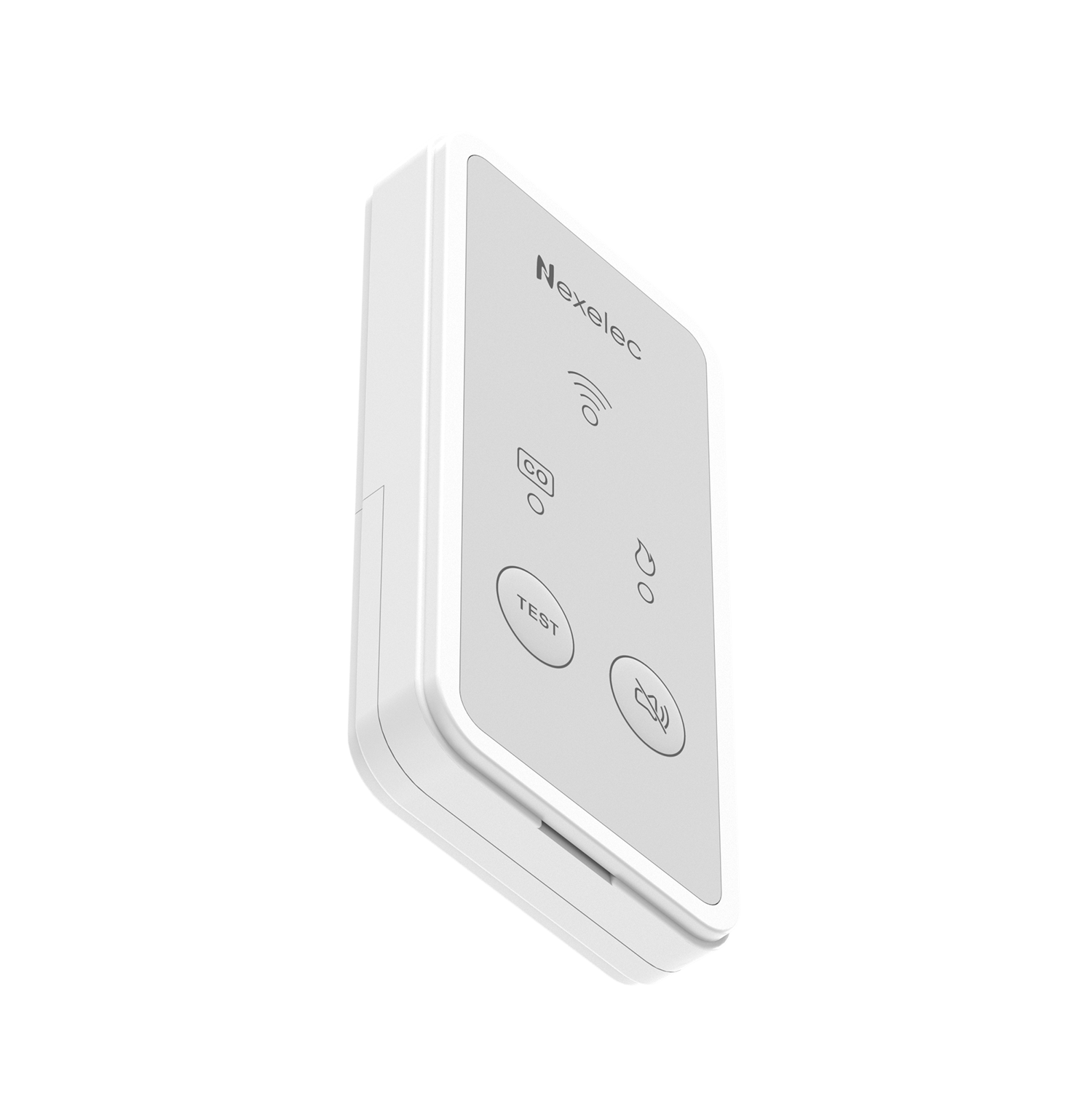Remote IoT Batch Jobs On AWS: A Comprehensive Guide + Examples
Are you ready to unlock the full potential of your IoT infrastructure? The rise of remote IoT batch jobs represents a fundamental shift in how businesses are managing their data, devices, and overall operations, and mastering this approach is no longer optional, it's essential for staying competitive.
The modern tech landscape is rapidly evolving, propelled by the increasing adoption of remote work models and the ubiquitous presence of cloud computing. As businesses continue to expand their IoT deployments, the ability to efficiently execute batch jobs remotely becomes a critical differentiator. This article serves as a comprehensive guide, designed to provide you with the knowledge, tools, and strategies necessary to confidently navigate the world of remote IoT batch jobs on AWS, transforming potential confusion into actionable expertise.
| Category | Information |
|---|---|
| Definition | A remote IoT batch job is a set of pre-defined instructions or tasks executed automatically on IoT devices or data residing remotely, typically without manual intervention. |
| Purpose | Automate repetitive tasks, process large volumes of IoT data efficiently, and scale operations seamlessly across geographically dispersed devices. |
| AWS Services Commonly Used | AWS IoT Core, AWS Lambda, AWS Batch, Amazon S3, Amazon DynamoDB, Amazon Kinesis. |
| Advantages | Reduced operational costs, improved data accuracy, enhanced system reliability, scalability, faster processing times, and improved resource utilization. |
| Security Considerations | Implement strong authentication and authorization mechanisms, encrypt sensitive data, regularly audit access logs, and adhere to security best practices. |
| Common Use Cases | Firmware updates, data aggregation, anomaly detection, predictive maintenance, report generation, and device configuration. |
| Challenges | Ensuring secure remote access, managing device connectivity, handling large data volumes, and optimizing job performance. |
| Best Practices | Regularly monitor job performance, implement robust error handling, optimize data transfer protocols, and use infrastructure as code (IaC) for consistent deployments. |
| Link to AWS IoT Core | AWS IoT Core Official Website |
Remote IoT batch jobs have transcended the realm of mere buzzwords; they now represent a fundamental paradigm shift in the way organizations approach data processing, device management, and overall operational efficiency. The ability to orchestrate and execute these jobs remotely, particularly within the Amazon Web Services (AWS) ecosystem, offers a plethora of benefits, including reduced operational costs, improved data accuracy, and enhanced system reliability. These advantages stem from the automation and scalability inherent in batch processing, allowing businesses to optimize resource utilization and respond swiftly to evolving business needs.
- His Favorite Boy Behind The Scenes Episode Guide
- Sydney Sweeney From Handmaids Tale To Euphoria Beyond
Understanding the intricacies of remote IoT batch jobs is no longer a luxury but a necessity for engineers and IT professionals operating in today's interconnected world. As the Internet of Things (IoT) continues to permeate various industries, the demand for skilled professionals capable of managing and processing the vast amounts of data generated by IoT devices is steadily increasing. Mastering the techniques and tools required to execute batch jobs remotely empowers organizations to unlock the full potential of their IoT investments, gaining valuable insights and driving informed decision-making.
Let's delve deeper into the core concepts. At its essence, a remote IoT batch job comprises a series of instructions or tasks executed in bulk, typically without the need for manual intervention. This approach is particularly well-suited for scenarios involving large volumes of data or repetitive operations, such as firmware updates, data aggregation, or device configuration. By automating these tasks, businesses can free up valuable resources and reduce the risk of human error, leading to significant improvements in efficiency and productivity. The power of the AWS cloud provides the tools and infrastructure necessary to facilitate and manage these complex batch processes.
AWS offers a comprehensive suite of services that can be leveraged to build and deploy robust remote IoT batch job solutions. AWS IoT Core serves as the central hub for connecting and managing IoT devices, providing secure communication channels and device management capabilities. AWS Lambda enables serverless execution of code, allowing you to process data and trigger actions based on device events. AWS Batch is a fully managed batch processing service that simplifies the execution of large-scale batch jobs on AWS. Amazon S3 provides scalable object storage for storing and retrieving IoT data. Amazon DynamoDB offers a NoSQL database for managing device metadata and configuration information. Amazon Kinesis enables real-time data streaming for processing and analyzing data as it arrives.
- Simon Helberg From Big Bang Theory To New Adventures
- The Buzz About Temporary Replacement Episode 3 Hungry
The advantages of employing remote IoT batch jobs are manifold. Beyond the previously mentioned cost savings, accuracy improvements, and reliability enhancements, scalability stands out as a key benefit. With AWS, you can easily scale your batch processing infrastructure up or down based on demand, ensuring that you have the resources you need to handle fluctuating workloads. This scalability is particularly crucial for IoT deployments, where the number of connected devices and the volume of data generated can vary significantly over time. Furthermore, remote IoT batch jobs can significantly reduce processing times. By distributing the workload across multiple compute resources, you can accelerate the execution of batch jobs, enabling faster insights and quicker response times.
What, then, constitutes remote IoT batch job processing? To put it plainly, it's the systematic collection, organization, and analysis of data in bulk, performed remotely on IoT devices or data residing in the cloud. This processing involves several key steps, including data ingestion, data transformation, data analysis, and data storage. Data ingestion refers to the process of collecting data from various IoT devices and transferring it to a central location for processing. Data transformation involves cleaning, filtering, and converting the data into a format suitable for analysis. Data analysis entails applying various techniques, such as statistical analysis, machine learning, and data mining, to extract meaningful insights from the data. Finally, data storage involves storing the processed data in a secure and scalable repository, such as Amazon S3 or Amazon DynamoDB.
However, the implementation of remote IoT batch jobs also presents certain challenges. Securing remote access to IoT devices is paramount, requiring robust authentication and authorization mechanisms to prevent unauthorized access. Managing device connectivity can be complex, particularly in environments with unreliable network connections. Handling large data volumes requires efficient data storage and processing techniques to avoid bottlenecks. Optimizing job performance requires careful tuning of various parameters, such as batch size, concurrency, and resource allocation. Addressing these challenges requires a combination of technical expertise, careful planning, and adherence to best practices.
To navigate these challenges effectively, it's essential to adopt best practices for remote IoT batch jobs. Regularly monitor the performance of your batch jobs to ensure they are running as expected. This involves tracking key metrics, such as job completion time, error rates, and resource utilization. Implement strong security measures to protect sensitive IoT data. This includes encrypting data at rest and in transit, enforcing strict access controls, and regularly auditing security logs. Implement robust error handling mechanisms to gracefully handle unexpected errors or failures. This involves logging errors, retrying failed operations, and providing alerts when critical errors occur. Optimize data transfer protocols to minimize network latency and bandwidth consumption. This includes using compression techniques, caching data locally, and choosing the appropriate transport protocol. Use infrastructure as code (IaC) to automate the deployment and management of your batch processing infrastructure. This ensures consistency, repeatability, and scalability. Design for failure by building redundancy and fault tolerance into your batch processing architecture. This ensures that your batch jobs continue to run even in the event of hardware or software failures.
The benefits of properly implemented remote IoT batch jobs extend far beyond mere cost reduction. They lead to improved data accuracy, enhanced overall system reliability, and scalability that empowers businesses to adapt to changing demands. Consider the operational advantages; like a tireless personal assistant, these automated processes perform consistently and reliably. With the right strategies and technologies in place, remote IoT batch processing becomes a powerful tool for gaining a competitive edge in the modern IoT landscape. Scalability is a significant factor in remote IoT batch job benefits. The flexibility to adapt and grow as your needs expand is a crucial component to any successful business model, and it is readily available through AWS's services.
The significance of remote IoT batch processing cannot be overstated. It facilitates data-driven decision-making, enabling businesses to gain valuable insights from their IoT data. It improves operational efficiency, automating repetitive tasks and freeing up resources for more strategic initiatives. It enhances system reliability, reducing the risk of errors and downtime. It enables scalability, allowing businesses to adapt to changing demands. It fosters innovation, empowering businesses to develop new products and services based on IoT data.
However, in the face of continuous security updates, especially those from Microsoft, establishing and maintaining reliable remote connections can present a hurdle. Security is paramount, and adapting to these ever-changing security protocols is vital. However, businesses can stay on top of these updates to maintain safe connections and data transfers. There are solutions available for remote access to IoT devices, including the ability to manage and monitor those devices effectively. The ability to manage and monitor IoT devices from afar creates opportunities for businesses to innovate. One can set cloud alerts and run batch jobs on IoT devices and can monitor the performance to ensure things are running as expected.
Despite the benefits, there is potential to fall short. You must regularly check the performance of batch jobs, ensuring they're running as expected, and implement strong security measures to protect sensitive IoT data. A proactive, security-conscious approach is vital in this ever-connected world. The ability to control a remote Raspberry Pi from anywhere is a prime example of the transformative potential of these jobs. It opens the door to an array of applications, from environmental monitoring to smart home automation. If implemented correctly, remote IoT batch job examples can significantly reduce operational costs, improve data accuracy, and enhance overall system reliability.
- Unleash Your Inner Goddess A Guide To Sexy Lingerie More
- Steamy Movies Sexy Videos Trending Now Dont Miss Out

RemoteIoT Batch Job Example A Comprehensive Guide To Remote Management

How To Master The Remote IoT Batch Job Process For Smarter Operations?

Mastering RemoteIoT Batch Job Example With AWS A Comprehensive Guide